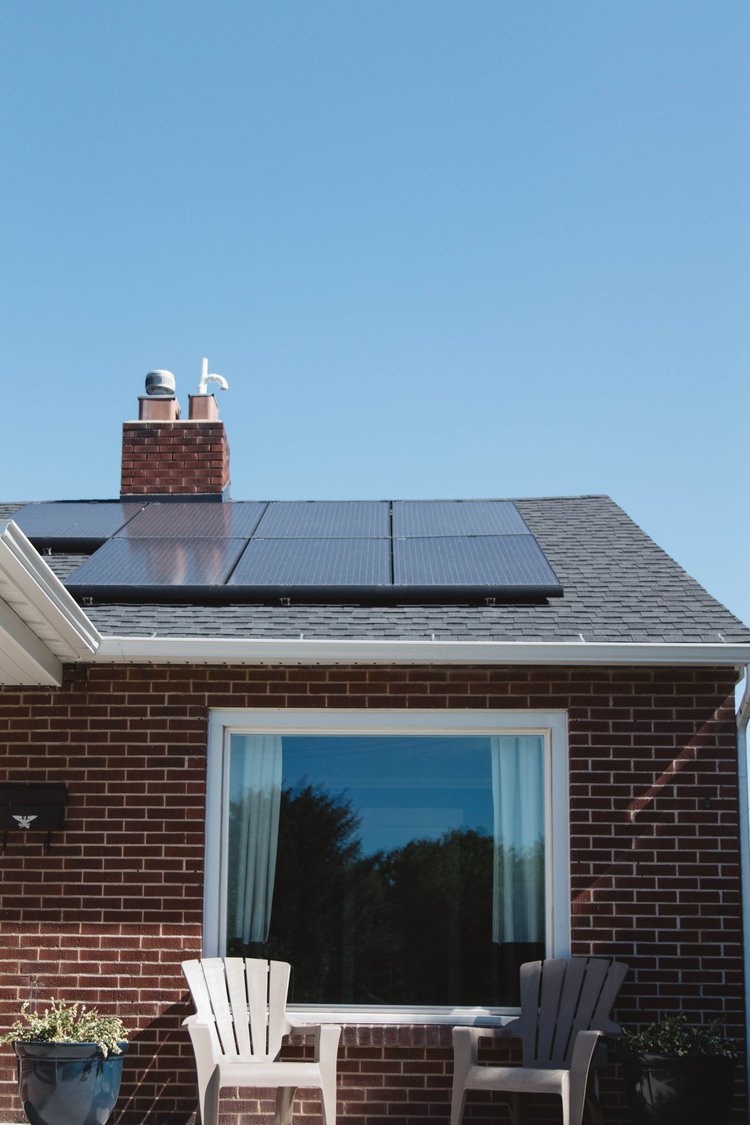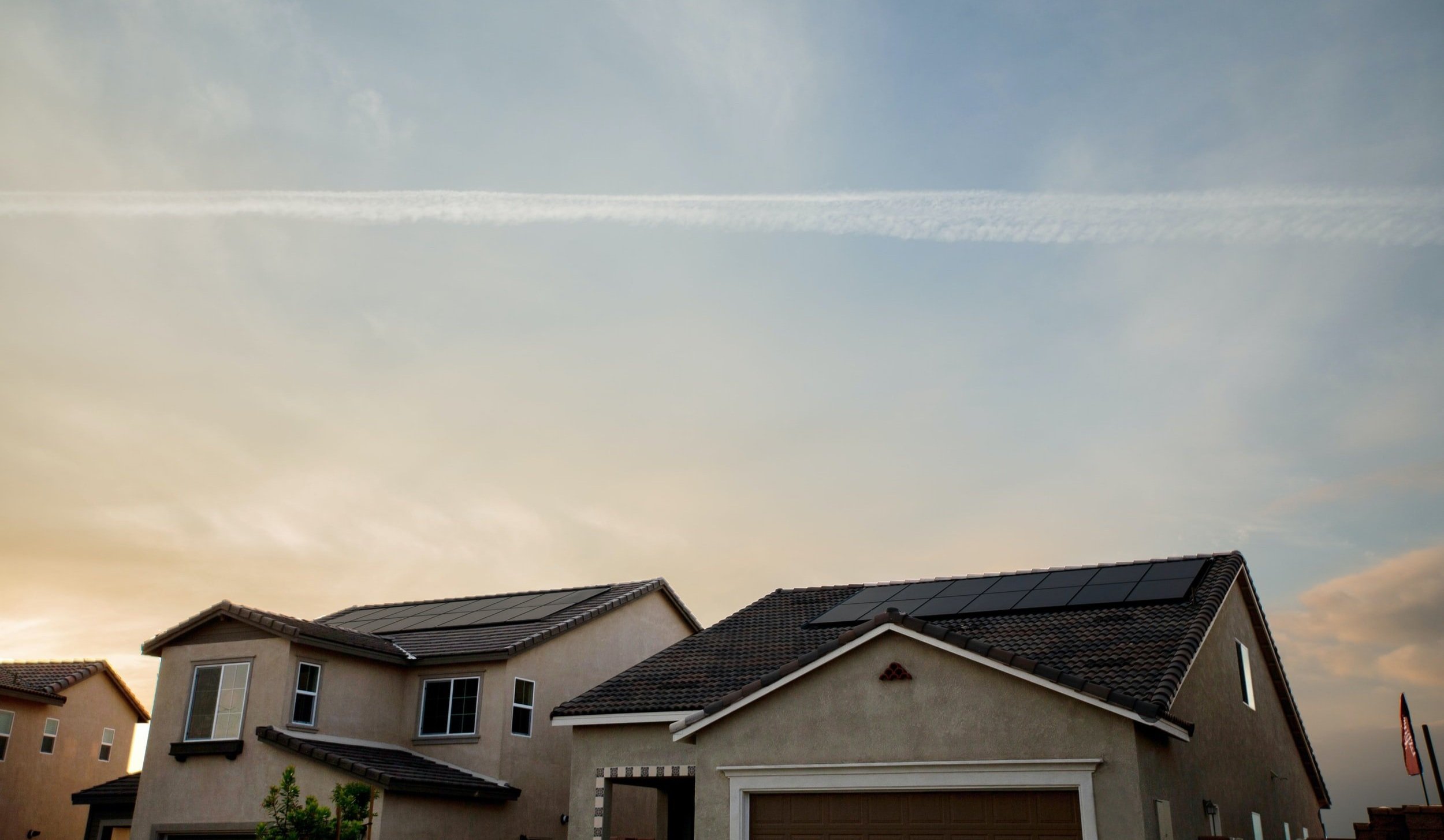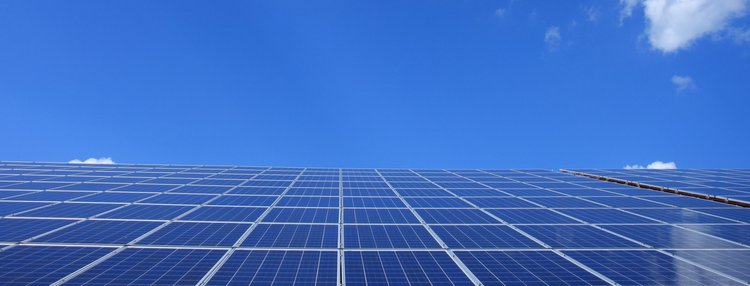Texas is a renewable energy powerhouse. No, really.
Already one of the largest creators of wind energy in the country, Texas is also a hotspot for solar growth.
Speaking with Scanifly, five solar contractors – Josh Meade from Freedom Solar, Brandon de la Torre from Tac Solar, Brad Stutzman from O3 Energy, Jim Coffee from Texas Solar, and Omar Elnomrosy from Good Faith Energy – explained why Texas is unique for solar, the challenges of operating in the state, and the future of Texan solar power.
The growth of solar in Texas

“Solar has blown up over the last five years,” said Brandon.
He explained that the more expensive electricity becomes, the more demand there will be for solar as a way to lower energy costs. On top of costs, though, solar has the added edge of being a green renewable energy source. While Brandon said going green is never the main driver for switching, it makes people excited about the purchase when it’s also a good financial decision.
Brad agreed with this sentiment, adding that it’s been difficult in the past because non-renewable sources of energy were pretty cheap for a long time. The big change he saw was two-fold: solar got more affordable and efficient while non-renewable electricity got more expensive.
The explosion in solar demand mirrors the rest of the country, but Texas also has two unique elements:
1. Battery usage: Josh and Jim both mentioned that more people are looking for battery-based energy solutions and see solar as a great way to fuel up their batteries.
Josh attributed this bump to the infamous 2021 Texas power grid failure that left some people without power for a week. He said that memory is still etched in people’s minds, so a battery system powered by solar is attractive in case of future grid failures.
2. Tesla solar tiles: Omar’s company Good Faith Energy is one of the only Tesla Solar Roof Certified Installers in the state and he’s seeing business grow.
He attributes part of the increased demand to solar in general, the Tesla brand, and the roof lines in Texas—they are complicated and have steep pitches. As a result, smaller tiles (rather than large traditional solar panels) means you can fit more on the roof and get a larger system overall.
Drones make it possible to meet demand
Getting on the roof to physically survey is time consuming, unsafe, and not always accurate. But in Texas it’s also sweltering. Jim said that it can get “miserably hot” in the summers, which isn’t comfortable for surveyors who have to get on roofs all day. To combat this, the contractors started using drones to survey sites from the ground instead of getting on the roof.


Josh used drones to turn Freedom Solar into a powerhouse. The company has been able to expand to multiple states because drones help them pick up more demand and impress customers with their use of state-of-the-art technology.
Brad said that drones are particularly critical in Texas because of new construction. In the past, he encountered one or two houses per month that weren’t on Google Earth or satellite images because they were new builds. Now it’s double that and growing as construction heats up – no pun intended – in metro areas like Dallas-Fort Worth.
“A lot of people are moving to Texas from California, and they want solar here because they were used to it before they moved,” said Brad.
For Jim, drones are about accuracy, especially when it comes to shading analysis. He said it’s been “extremely helpful” using drones because they capture whole site context on the first trip, reducing truck rolls with “accuracy that is hard to match.” He also likes that because drones capture the whole site, he and his team can look for opportunities to add more panels, making both him and customers happier.
Regulatory, council, and other challenges
Despite demand growth and national support for solar, everyone indicated a few key challenges that make it harder to do business in Texas:
Jurisdictional differences: Every area of Texas is under different codes and standards, something Brandon calls a “pain in the ass” and Jim wishes would change.
“I would love to see more standardization between jurisdictions,” said Jim. “Unfortunately, I don’t really see that happening, but it would make our lives easier.”
HOAs and AHJs: Housing co-ops, HOAs, and other AHJs have a lot of control over whether solar comes into their communities. Unfortunately, this leads to politicking and certain communities pushing back against solar for one reason or another—one contractor said he’s even seen cases where residents want solar but the HOA board won’t allow it.
Utility company differences: Regardless of county jurisdiction or other AHJs, different utilities have different rules of engagement that make it hard for a solar contractor to standardize its operations.
“Texas is almost like its own country when dealing with different cities, AHJs, and utility companies,” said Brad.

The future of solar in Texas
Everyone is excited for the future of solar in Texas, albeit in different ways.
Moving away from oil and gas: Brandon said that Texas is still a very oil-driven society, though he sees the tide potentially changing as solar becomes more widely accepted and used in the state.
Battery ownership: Brad and Jim both feel that more battery-powered systems (or people having battery backup systems for grid failures) will help drive more solar adoption as people seek energy independence.
New solar models: Omar is excited to see how people are thinking about multiple different ways to get solar power, from retrofit panels to Tesla solar tiles, whether or not they have a battery system.
“Solar has so much potential to grow,” said Brandon. “I’m hoping it turns into a normal thing that everyone knows, accepts, and uses everywhere.”






